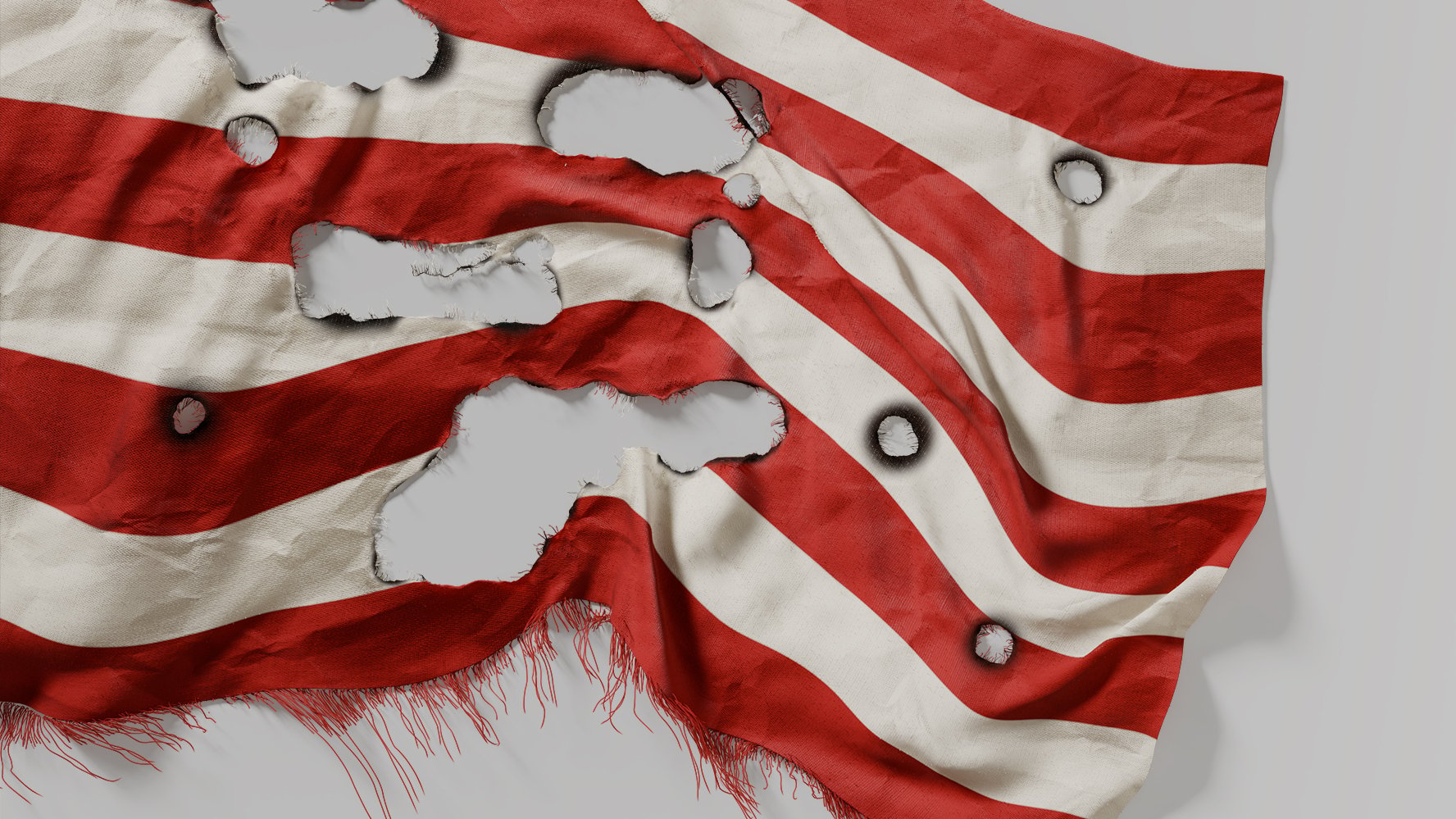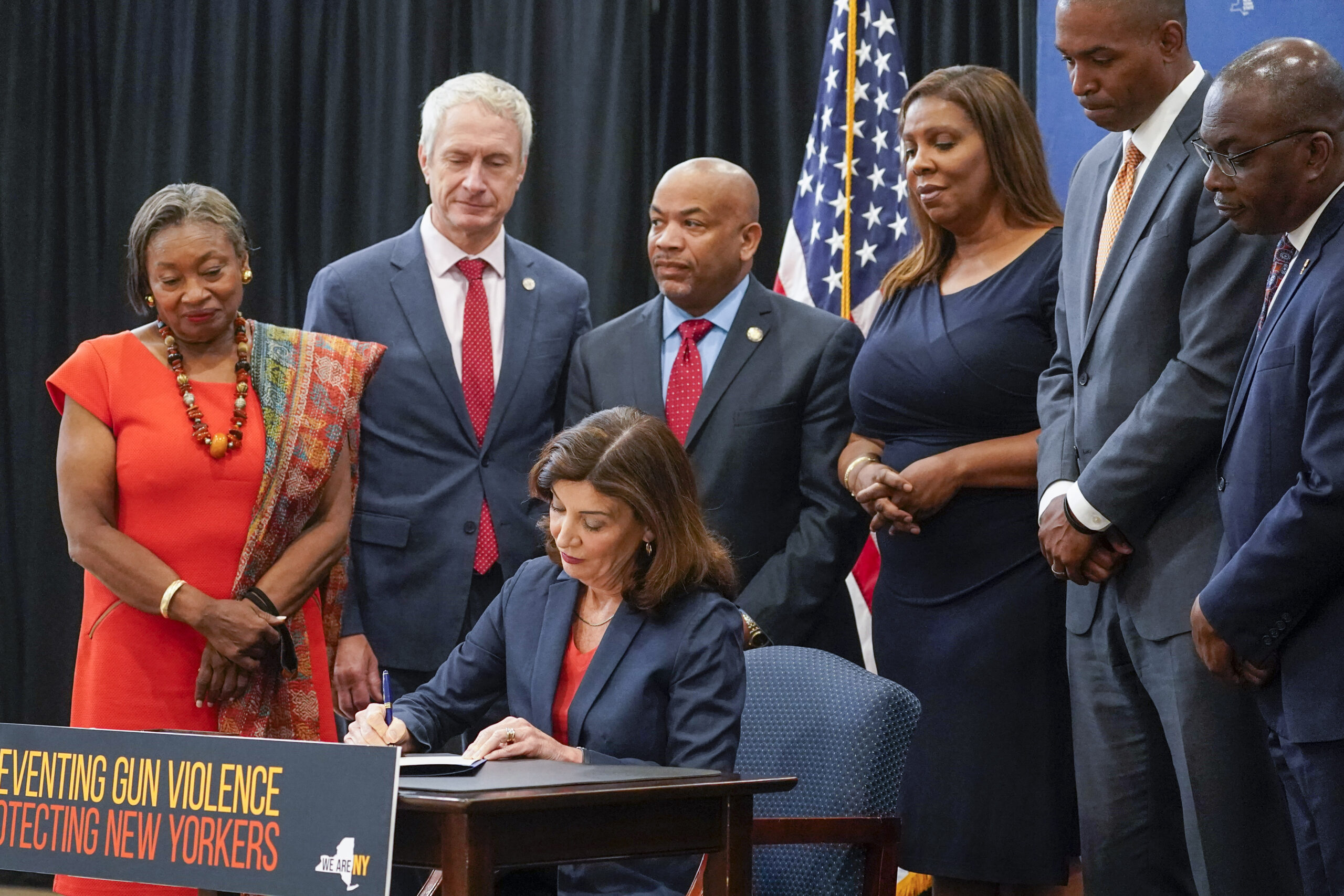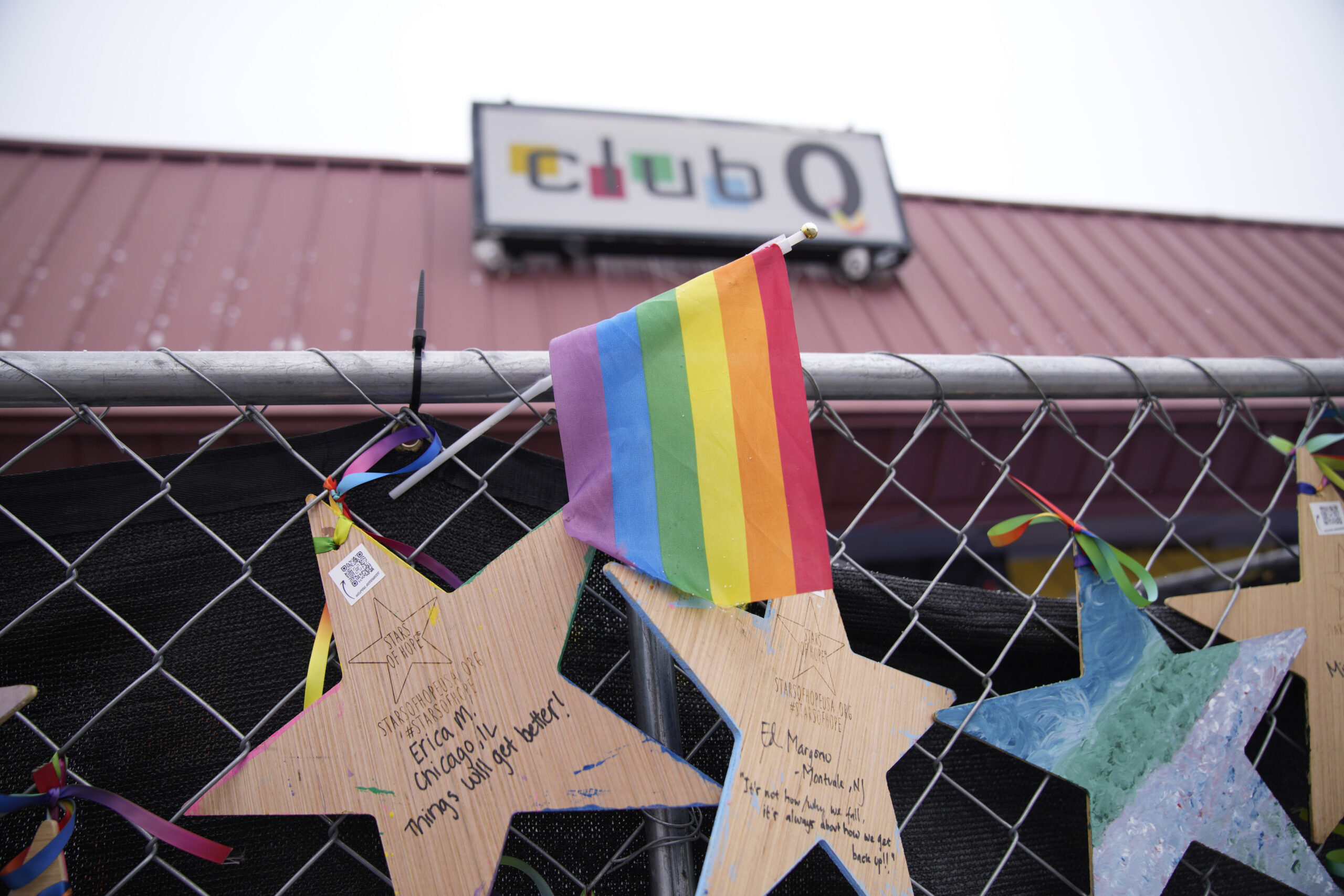Investigation
Red Flag Laws
Red flag laws, once heralded as a bipartisan compromise to stop mass shootings, have been adopted in nearly two dozen states. But these laws — intended to temporarily keep guns away from people who pose an imminent danger to themself or others — have recently been under attack as cases seeking to dismantle gun restrictions proliferated in the nation’s courts following the Supreme Court’s 2022 Bruen decision. The Trace’s recent series, published in partnership with Rolling Stone, illuminates how the public interest is undermined when gun rights groups and even the Republican Party launch baseless attacks built on disinformation.
-
$1 billion
The dollars Congress earmarked for states to implement red flag laws in bipartisan gun reform legislation passed in 2022, after the Uvalde school shooting.
-
75 percent
Suicides in Wyoming that involved guns in 2023; the state had the highest gun suicide rate in the country.
-
1,477
The minimum number of intimate partner homicides in 2021, the year for which data from the Centers for Disease Control and Prevention is most recently available. More than 70 percent of those deaths were by firearm.
Full Coverage
-
Extreme Risk Protection Orders
It’s Hard to Implement Red Flag Laws. A New National Center Is Meant to Make It Easier.
On a March 23 visit to Parkland, Florida, Vice President Kamala Harris announced the launch of a resource hub to help make extreme risk protection order laws more effective. Here’s what we know.
-
-
-
-
Extreme Risk Protection Orders
Research Indicates That Red Flag Laws Work — But Only If People Know About Them
The Bipartisan Safer Communities Act incentivized states to implement extreme risk protection orders, and provide information about them to the public. A new study focuses on what messages are likely to work best.






